Snana Yatra is a significant ritual that marks the beginning of the Ratha Jatra festival in Odisha. It involves bathing the idols of Lord Jagannath, Balabhadra, Subhadra, and Sudarsana in preparation for the chariot festival. This ceremony takes place on the full moon day in June and commemorates the appearance of Lord Jagannath on this auspicious day. The king of Puri, Gajapati Dibya Singh Deb, performs the ritual of sweeping the floor of the mandap using a golden broom as a gesture of humility and devotion.
The legend behind Snana Yatra
According to a legend, Lord Jagannath suffered from a fever of separation from Radha and was taken to the temple roof by the gopis to cool down. Despite their efforts to alleviate his suffering with sandalwood-infused water, his discomfort persisted, and he retreated to a secluded place for 14 days to recover.
The Rituals Begin
Fetching water
The day before Snana Yatra, the Suaras and Mahasuaras (servitors) embark on a ceremonial procession to fetch 108 Kumbhas (golden pitchers) of water from the revered ‘Suna Kua’ (Golden well). The water, believed to be sacred from various pilgrim sites, is drawn by Agnisharma while the water carriers cover their mouths with a cloth to preserve its purity.

From the sanctum to the bathing altar
The rituals of the Snana Yatra begin at sunrise when the idols are brought out from the sanctum sanctorum and taken on a procession to the bathing altar. The idols sway in a hopping style, accompanied by folk dancers, umbrellas, hand fans, chanting of mantras, ululations, and celestial music. The Snana Bedi (bathing altar) is situated on the 76-foot-long Snana Mandapa platform on the northeast corner of the Meghanada Pacheri, the outer boundary wall of the temple. The deities are then bathed with holy water from 108 golden pitchers while Vedic chants and kirtan fill the air. After the bath, the deities are dressed in a special attire called “Sada Besha.”
Hathi Besa – the idols deck up!
In the evening, a unique transformation takes place as the deities are adorned in an outfit resembling the head of an elephant, known as Hathi Besa or Gajanana Vesha. This form is believed to have been donned by Lord Jagannath to fulfil the wishes of a devotee named Ganapati Bhatta. Skilled artisans and traditional craftsmen meticulously craft the costumes for this vesha, including the elephant masks.

Anasara begins
After the Snana Yatra, the deities enter 14 days of rest and isolation known as Anasara. The word “Anasara” is derived from the Sanskrit word “ana-abasara”, signifying the denial of opportunity of seeing the deities. They are believed to fall ill and are kept in a special chamber called the Anasara Ghara. Only the appointed daitas are allowed inside during this period, and the deities receive Ayurvedic medication. The regular offerings of Dhupas (incense) and Bhogas (food) in the Badadeula (main temple) are halted, and only liquids and fruits are given to the deities, which are consumed by the attending daitas. The Alarnath Temple, around 23 km away from Puri, becomes a place of solace for devotees during this period. Devotees at the Alarnath Temple partake in the prasadha (offering) of Alaranatha, considered Lord Jagannatha’s prasadha. The khiri (rice pudding) holds a special place in the hearts of the devotees.
The worship Of Pattachitra paintings
The deities of Lord Jagannath, Balabhadra, and Subhadra are represented by painted likenesses called “Anasara Pati” and “Pati Diyan.” These paintings, created in the Pattachitra tradition by Chithrakar Sevaks of Raghurajpur village, are worshipped instead of idols. The creation process involves outlining the deities on canvas using natural pigments, and the paintings are completed within fourteen days. These paintings are consecrated and hung up on a bamboo screen, representing the Dashavatara Diyan. Throughout the Anasara period, these paintings are worshipped with regular rituals.
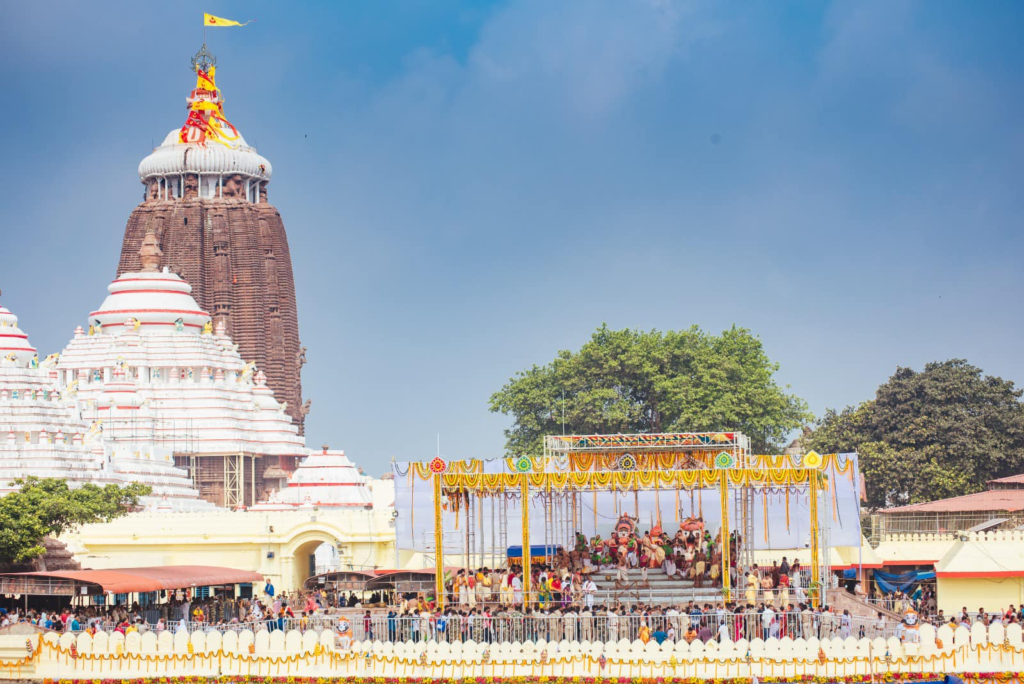
Process of treatment
During Anasara, the deities’ bodies are repaired and repainted in a process called “anga-raga.” On the fifth day of the festival, the deities receive treatment with a special herbal oil called “Phooluri Tela.” The deities, who have been on a liquid diet, are offered solid fruits. Atibadi Jagannatha Das, the founder of Odia Matha, introduced this tradition. The Bada Odia Matha prepares the oil one year in advance using medicinal plants, flowers, and other ingredients. The oil is then brought to the Shri Mandira in a ceremonial procession and used to anoint the Lords on the fifth day of “Anasara” in the “Phuluri Tel Niti” ritual. On the fourteenth day, Chaturdashi, the Daita Sevakas paint the idols’ faces using specially prepared colours mentioned in the secret manual “Banaka Pothi”.
Opening of eyes ceremony
On the final day of Anasara, a significant event called Chaka ApaSarana takes place, where the idols are shifted from the Anasara Pindi to the Ratnasimhasana. The idols’ eyes are then painted, signifying their spiritual awakening and readiness for worship. The ” Chakshu unmochana” or the Opening of Eyes ceremony begins in the morning, where the right eyes of the idols are painted with honey using a Tulasi twig dipped in ghee. The Daitas and Mahapatra Sevakas fill the eye sockets of the idols with black soot collected in silver bowls, accompanied by chanting of hymns. Once the ritual is completed, the deities regain their normal health and are offered a grand Raj Bhoga, their first complete meal since the Snana Yatra.
The Anasara period concludes with the unveiling of the deities to devotees for a special glimpse known as Naba Joubana Darshana, where the deities, adorned in new attire, are revealed to devotees. This Nayanotsava, also known as Netrosav, literally means a festival for the eyes. The next day, Lord Jagannath embarks on the grand Rath Yatra to his aunt’s house, the Gundicha temple.

Message behind Anasara
The Anasara period carries an important message of patiently enduring isolation and quarantine when faced with an infectious disease, highlighting the importance of prioritizing public health, while also fostering a sense of resilience and hope in challenging times. These ancient rituals provide a glimpse into the daily activities of Jagannath Swami, the “Lord of the Universe,” showcasing his human-like actions, and reflect a rich cultural heritage and spiritual traditions that unite people from diverse backgrounds, fostering unity and devotion.
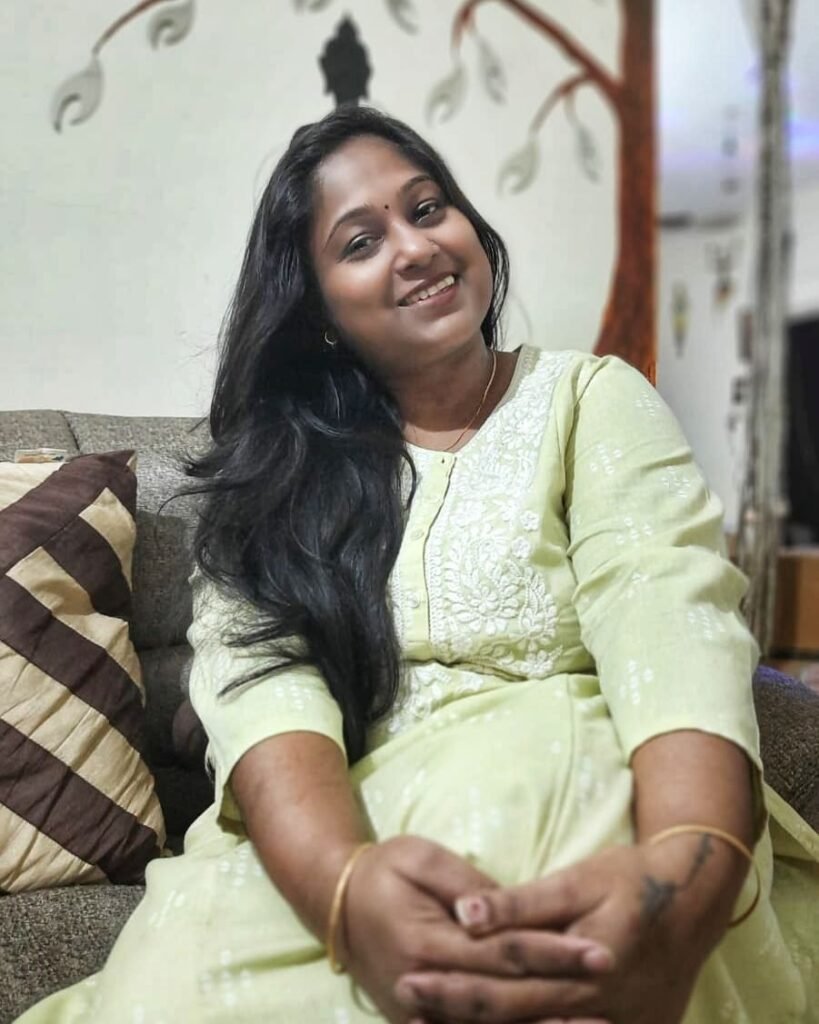
By Deepa Perumal
Deepa Perumal is a Management professional, and a passionate advocate for women’s empowerment. As a career mentor, entrepreneur, and multilingual author, she shares her insights through blogging and writing features on history, world cultures, travelogues and memoirs. Contact her at deepabperumal@gmail.com







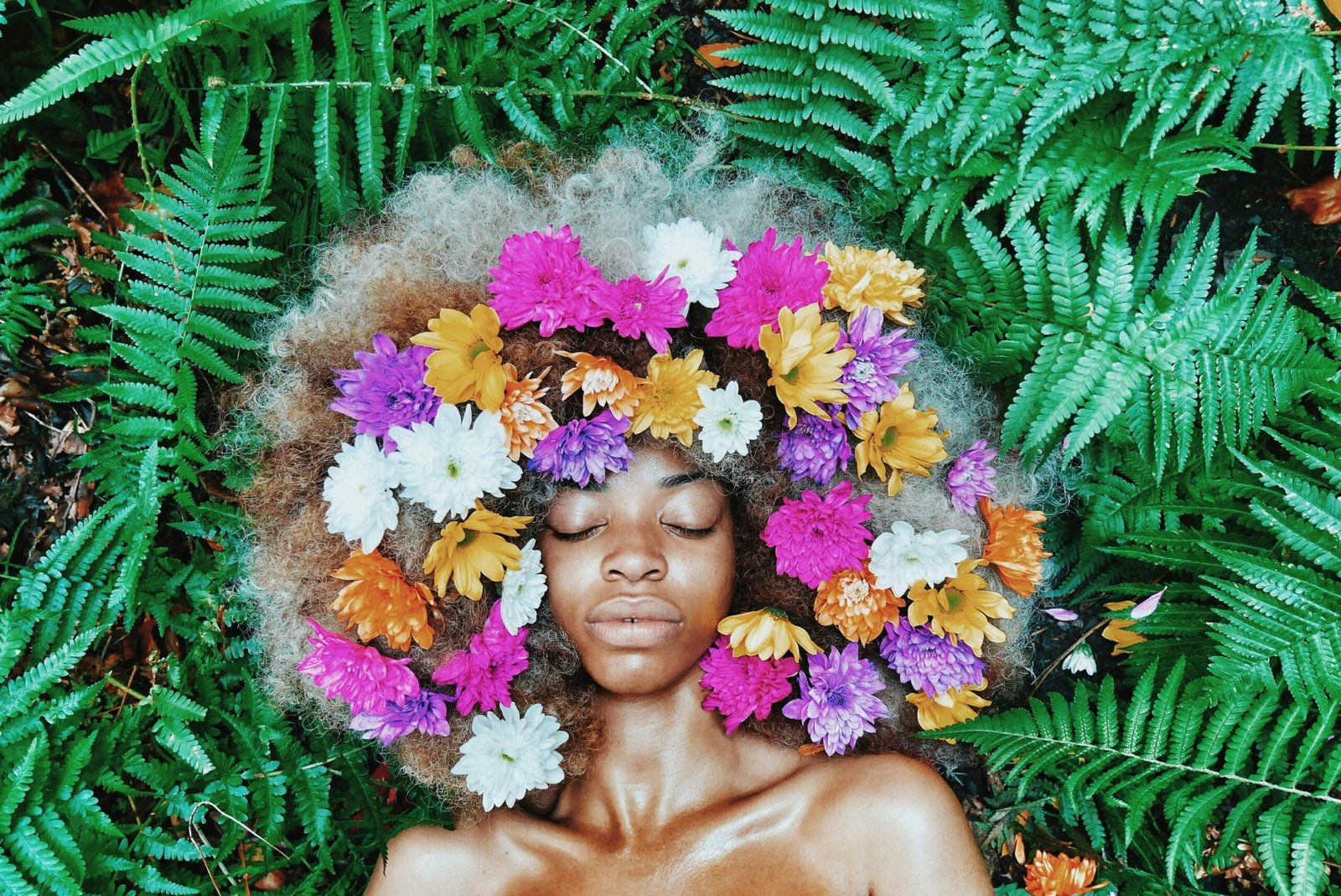

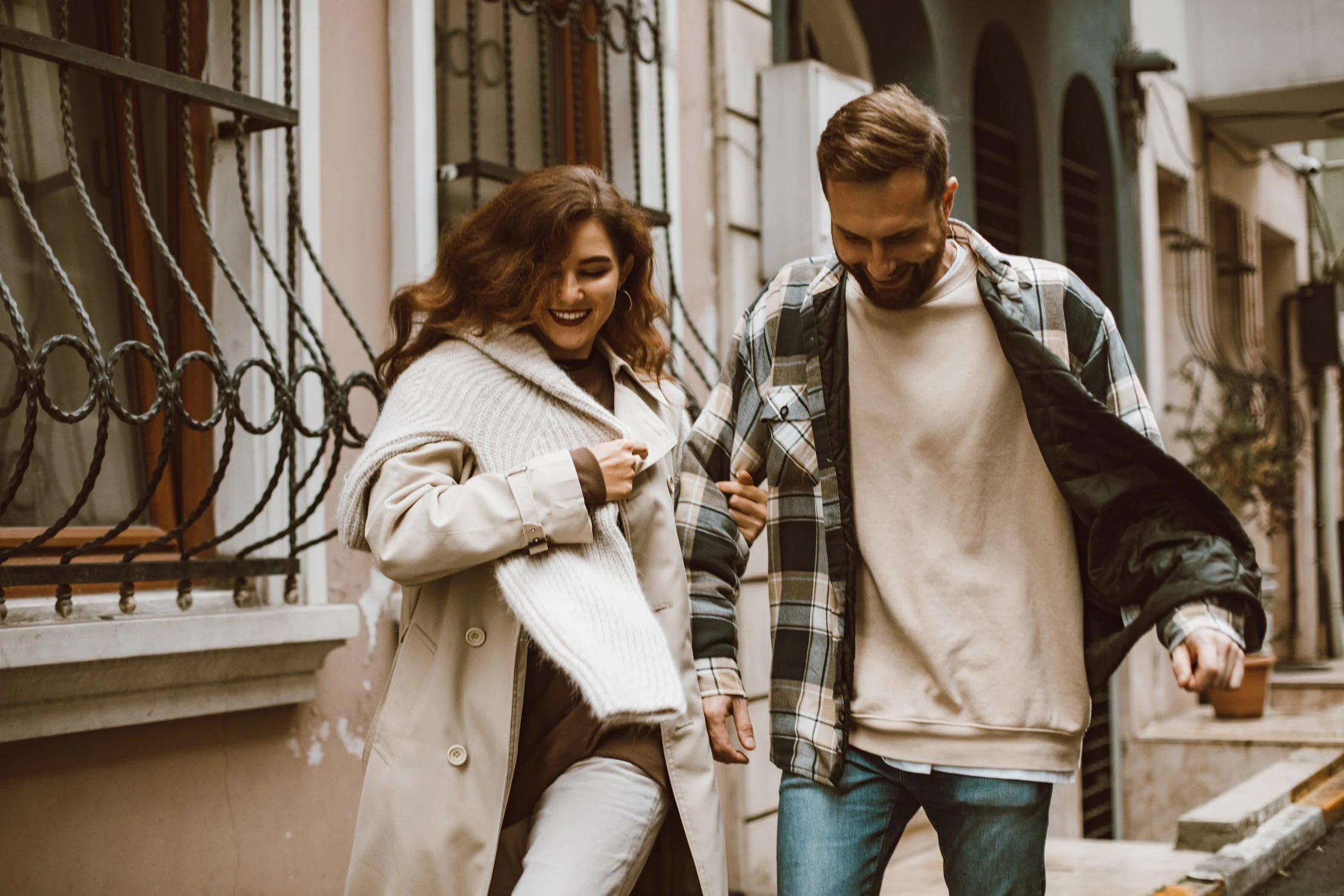

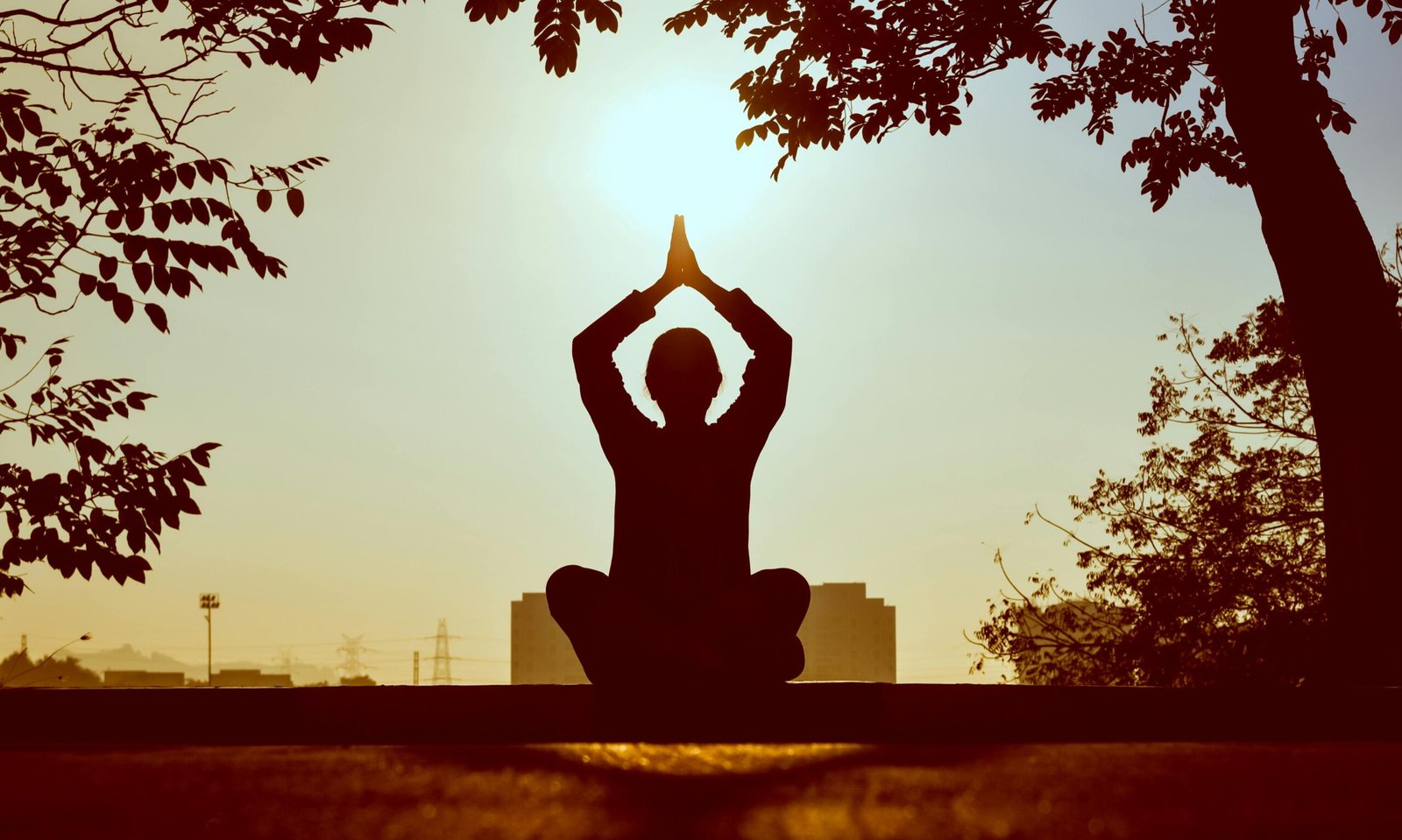
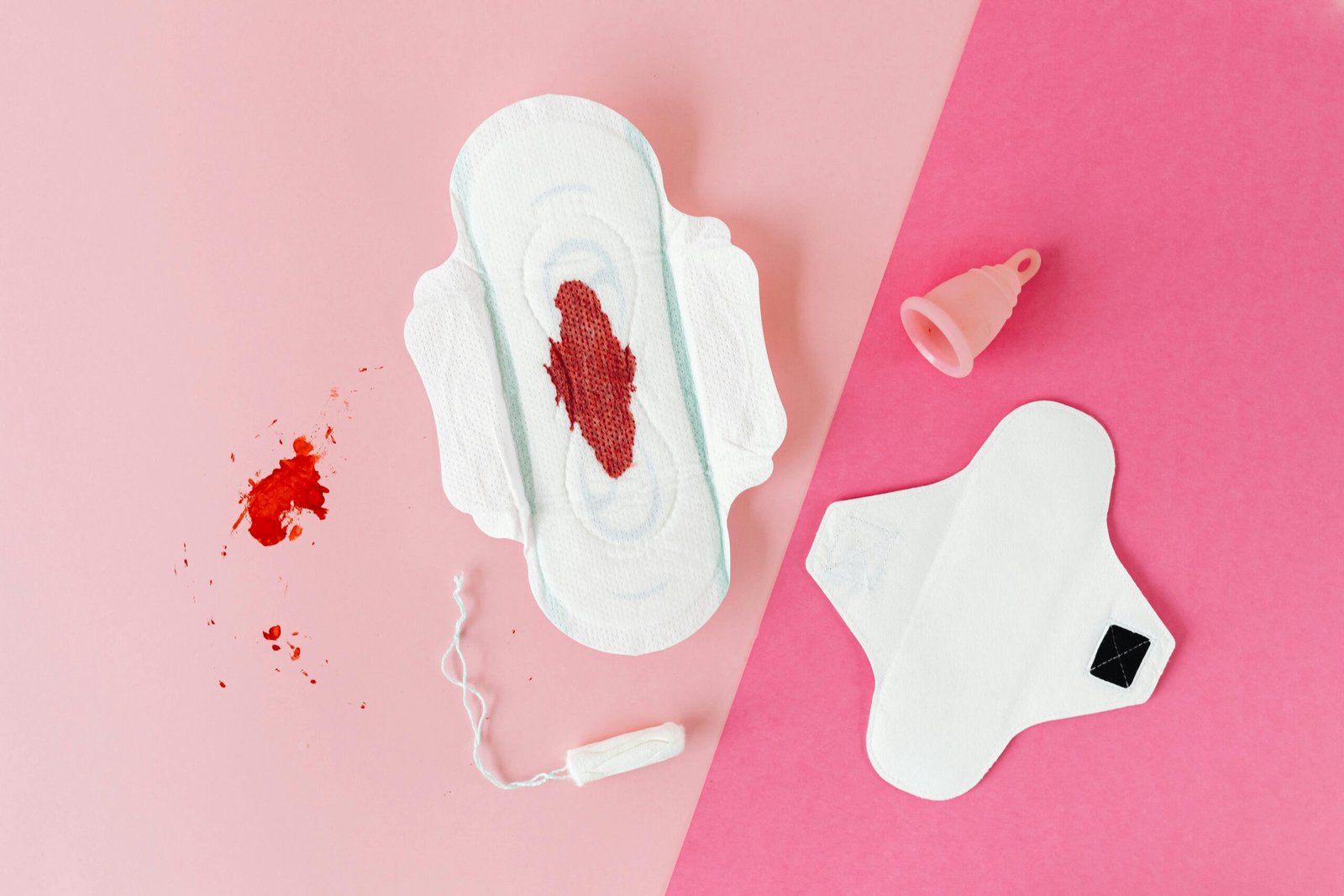




Facebook Comments